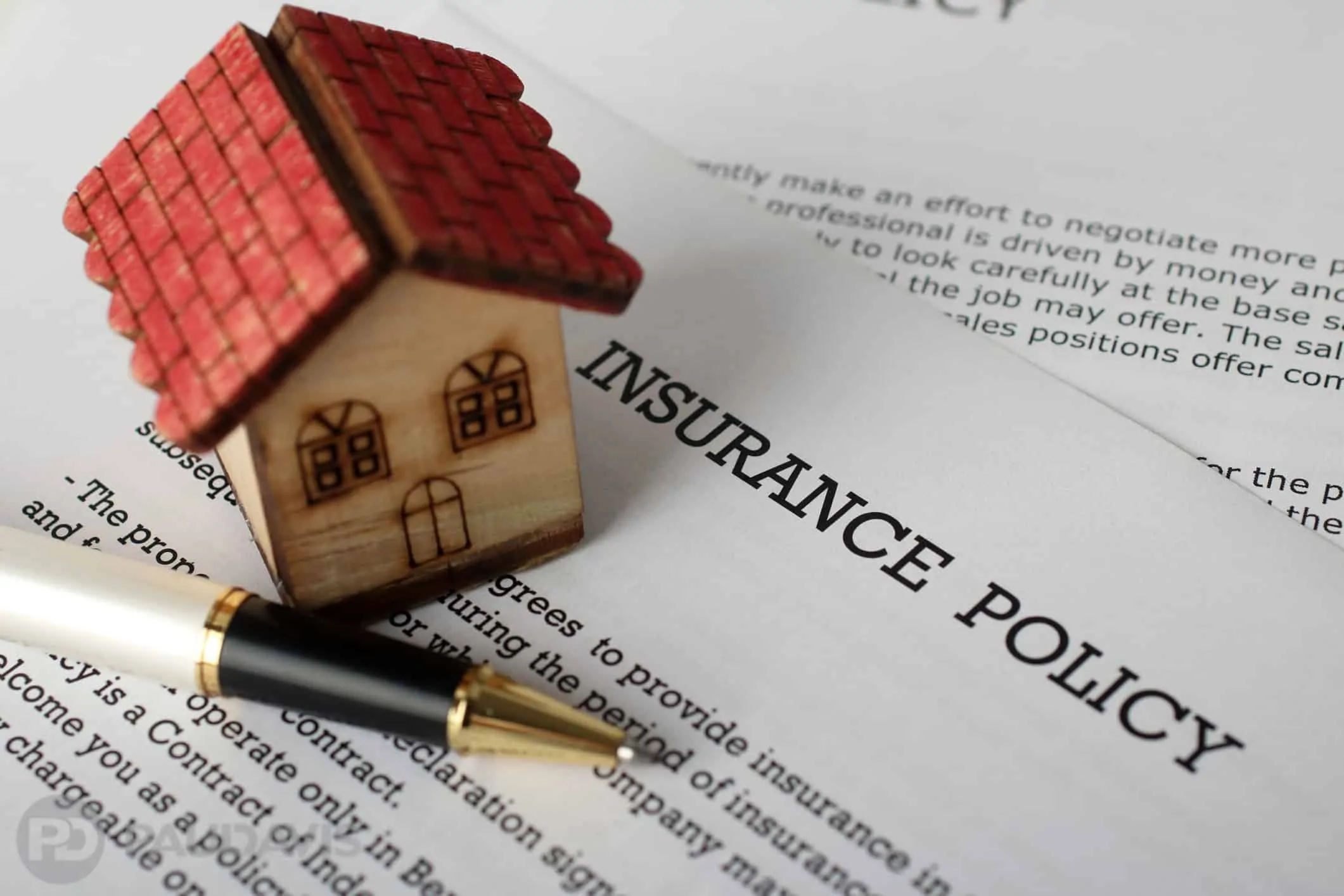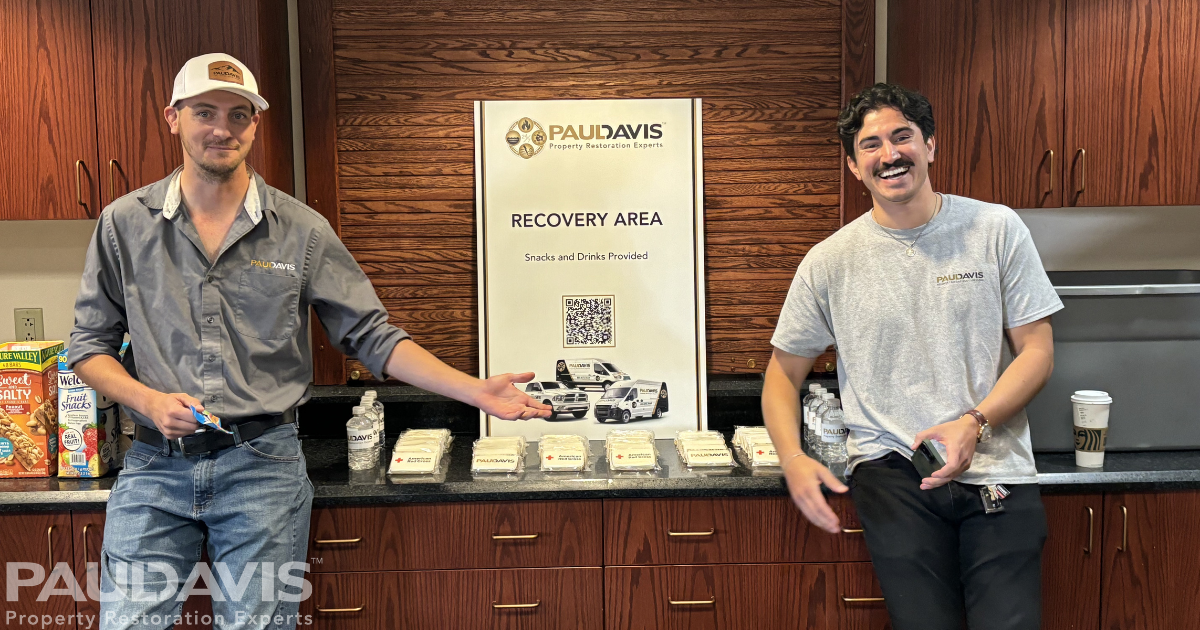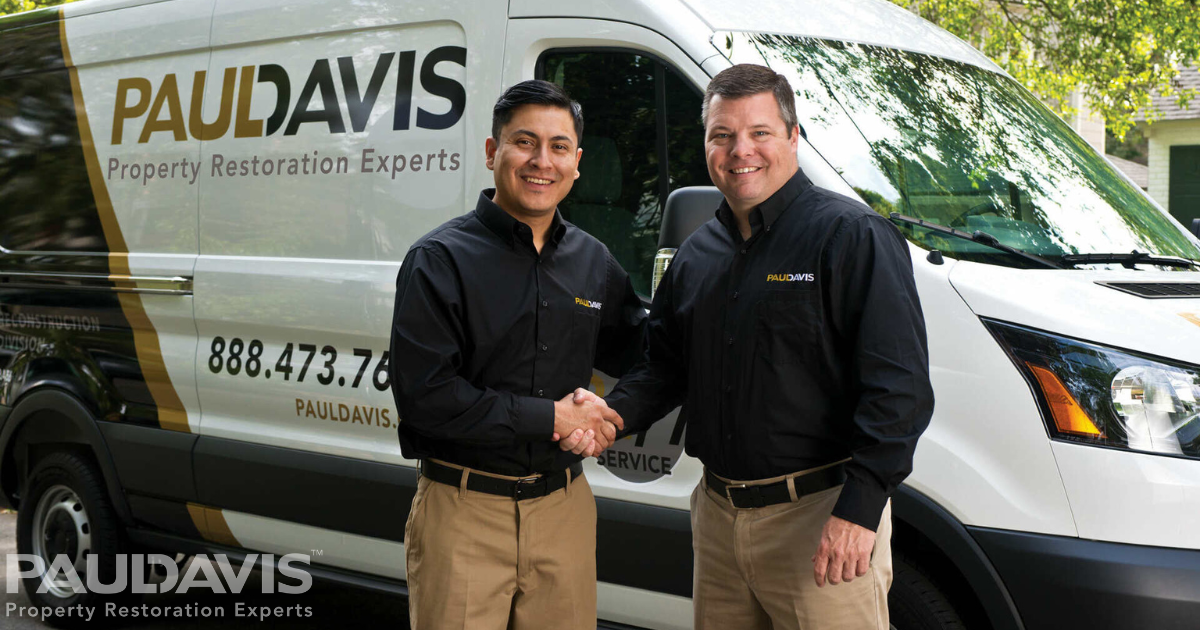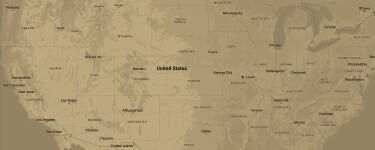
Reading an insurance policy can be tough going without an agent to translate. It’s a dense document packed with legalese and terminology that’s challenging for non-insurance professionals to decipher. One section deserves particular scrutiny anyway: the mitigation of damages clause. It’s a key part of all insurance policies and it reads something like this, “Each indemnified party will take and will procure that its affiliates take all such reasonable steps and actions as are necessary to mitigate any claims under this section…”
Why is that statement important when your property is suddenly struck by a fire, flood or other disaster? It means that the property owner must take reasonable steps to prevent the damage from worsening. A metaphor from the medical world illustrates how the rule works and its ramifications. Let’s say that you’re hurt in a car accident. You refuse medical care and subsequently miss work for two months. Your medical insurance company can refuse your claims because you did not attempt to prevent further damage by seeing a doctor promptly to treat your injuries.
Ignore the mitigation clause at your peril because courts and attorneys take this requirement very seriously. Property owners run afoul of the edict in many different ways. One owner failed to tarp a roof after it was damaged by wind. His carrier refused to cover subsequent water damage to the interior. Another commercial property owner left his vehicle fleet near a wall damaged by a storm. When the wall collapsed on several vehicles, the insurer denied the claims because the owner could have safely moved the cars. Another owner’s claim was refused when he and his carrier could not agree if a mitigation step was “reasonable” or not.
There are some common types of mitigation that owners can often carry out safely in the event of a property disaster. If a pipe breaks in your home and floods an area, it’s likely that you can turn off the main water supply. It’s also probable that you can move valuable items to higher ground to keep them dry. If a storm damages the roof of your business, you must take steps to protect inventory, prevent weather from further damaging the structure and secure the premises against burglary. Property owners are NOT expected to take any actions that are unsafe or beyond their skill level.
Whatever the particulars of the property damage, it’s confusing for owners to decide what “reasonable” mitigation steps they can and should take and how to accomplish them. Further, owners are often traumatized by the event itself, which compromises decision-making. “That’s why it’s vital to call in mitigation and restoration professionals as soon as possible,” says Sonny Bass, Paul Davis Technical Director. “Our teams are familiar with the law and responsibilities under mitigation clauses. They also work closely with insurance carriers and construction partners, making it easier to quickly carry out the appropriate and expected mitigation actions.”
Struck by a property disaster and unsure of your responsibilities? Our team members will be onsite within four hours of a call for help. Call 888-244-9840 anytime 24/7/365.











